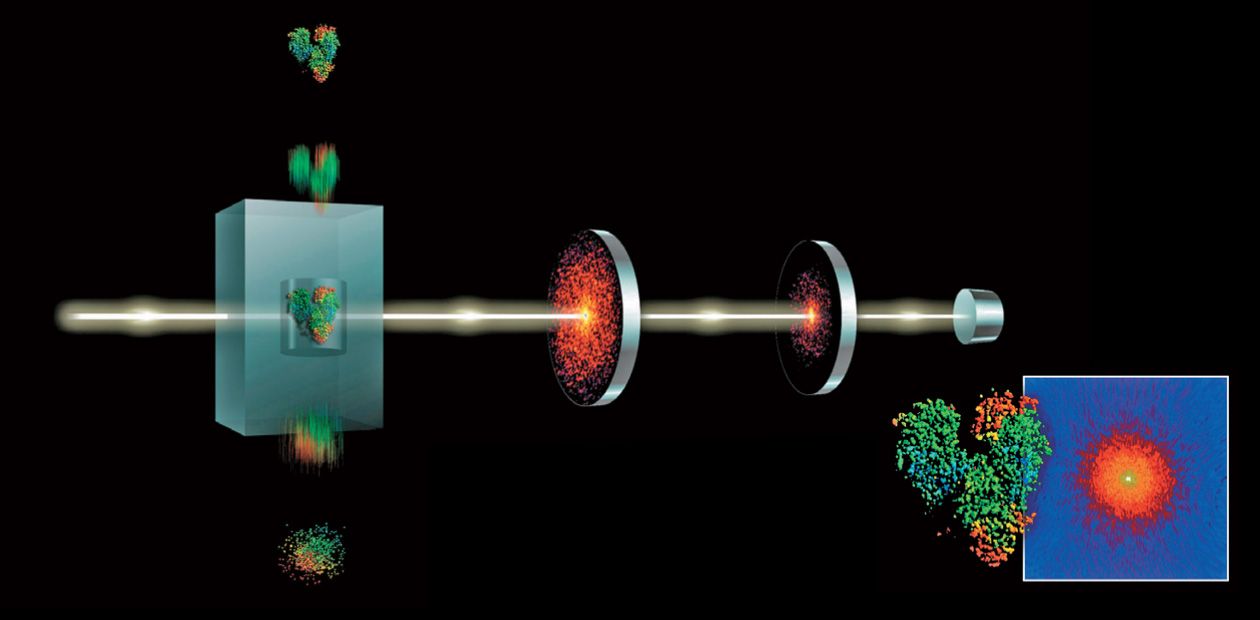From the Submillimeter to the X-ray Scale
It is well known that the top list of the Science journal includes two works performed on mega-science facilities: the discovery of the Higgs boson on the Large Hadron Collider (LHC) and the study in the field of structural biology performed on the Linac Coherent Light Source (LCLS), which is the first free electron laser (FEL) in the world. The creation of such mega-facilities, from the idea to the first results, took several decades and billion-scale financial investments (about ten billion dollars were spent on the LHC, and about one billion dollars, on the LCLS, without the cost of the ready-made linear accelerator SLAC.)
We are glad to note that the idea of such a laser appeared at BINP SB RAS: more than 30 years ago, A.M. Kondratenko and E.L. Saldin proposed a method of generating coherent laser radiation.
The possibility of creating a cavity-free X-ray FEL was experimentally verified in the early 2000s in the USA (with participation of N.A. Vinokurov and former BINP researchers E.M. Trakhtenberg and I.B. Vasserman) and in Germany (E. Saldin and M. Yurkov). Researchers from five US governmental laboratories, including more than ten former BINP researchers, were involved in the LCLS development and its commissioning in 2009.
Note that the issue of using millimeter and submillimeter ranges of electromagnetic wave spectra, let alone the X-ray range, in laser engineering had not been settled for a long time, though long before lasers were invented, the prospects of the submillimeter range were studied by A.M. Prokhorov and V.L. Ginzburg, Russian scientists and Nobel Prize winners. As a result, in the late 1940s, an undulator was invented, which was a device that made the electron beam “oscillate” in a certain manner. It was the undulator that became the main element of all FELs.
In contrast to the conventional laser, the source of electromagnetic radiation in the FEL is the electron beam moving in the undulator; it is possible to change the parameters of this beam, thus “correcting” the radiation wavelength within wide limits. One more distinctive feature of the FEL is its tremendous (as compared with conventional lasers) size and, correspondingly, its high cost.
Back in the 1990s, BINP researchers headed by N. Vinokurov (Doctor of Sciences in Physics and Mathematics) started constructing a FEL the source of radiation in the submillimeter (5-200 µm) range, which was successfully completed in the 2000s. This part of the spectrum was chosen mainly because of the cost efficiency: in contrast to the X-ray FEL, the cost of this facility was only 30 million dollars. Moreover, this most powerful terahertz FEL was created almost without state support, mainly on the money earned by BINP itself.
The X-ray FEL, as well as the LHC, will certainly become a powerful “factory” for many new activities and Nobel Prizes in the next decade. Among 14 other countries, Russia is now the second largest (after Germany) investor into the construction of an X-ray free electron laser (XFEL) 3,4 km long in the largest synchrotron center DESY (Hamburg, Germany). However, if our country is hoping to reach the top level in innovative research physics, chemistry, material science, biomedicine, and other scientific and applied disciplines, it is necessary that the government plan the development of a new domestic source of X-ray synchrotron radiation of the fourth generation on the basis of an electron storage ring of the new generation or on the basis of an accelerator-recuperator.











